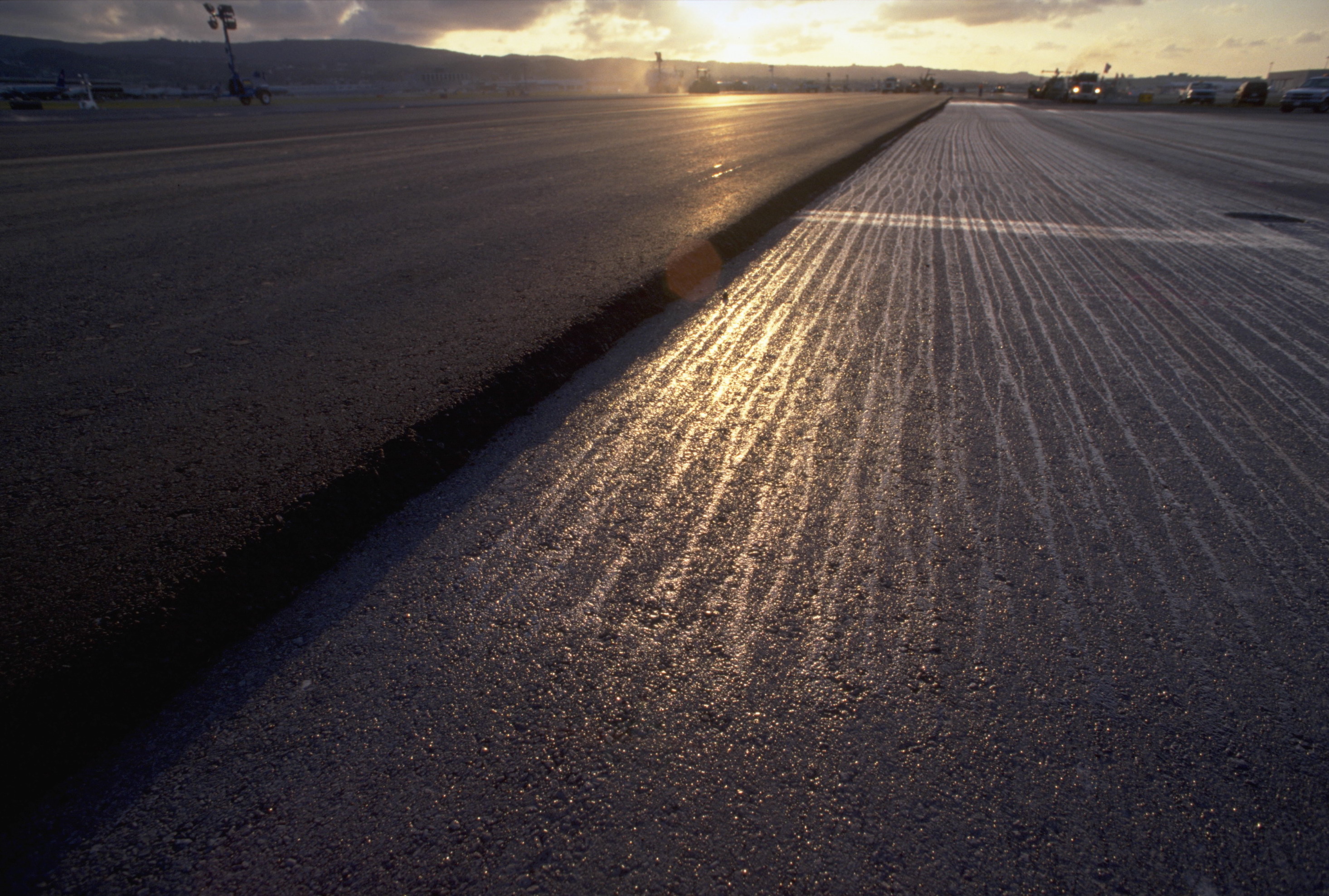Make Best Use Of Area Performance with Hot Mix Asphalt Angled Parking Lot Solutions
Opening the Keys of Warm Mix Asphalt Technology
Checking out the midsts of warm mix asphalt modern technology reveals a world where precise procedures and specific formulations merge to shape our roadways and infrastructure. The blend of fillers, aggregates, and binders isn't merely a building task however a calculated orchestration of longevity and performance. As we peer right into the detailed dancing of parts, a tapestry of strength and sustainability unravels. However what lies below this surface of asphaltic proficiency, and what keys wait to be introduced in the world of paving developments?
Relevance of Hot Mix Asphalt
Hot Mix Asphalt plays an important duty in modern facilities growth due to its durability and cost-effectiveness. As the most typically made use of leading product for roads, highways, and auto parking lots, Hot Mix Asphalt provides a variety of benefits that add to its relevance in building and construction tasks.
The sturdiness of Hot Mix Asphalt stems from its composition, which consists of accumulations, binder, and filler materials that are carefully picked and blended to satisfy specific efficiency demands. In general, the importance of Warm Mix Asphalt in facilities development can not be underrated, as it continues to be a cornerstone of modern-day building practices.
Elements of Asphalt Mixes
The structure of asphalt mixes is composed of thoroughly selected accumulations, binder, and filler materials that are critical for accomplishing specific efficiency requirements. Accumulations are the primary element of asphalt mixes, supplying strength and security. These accumulations can be natural, such as crushed rock or crushed rock, or synthetic, like recycled products from old sidewalks. The binder, normally bitumen or asphalt cement, holds the accumulations together and supplies flexibility and toughness to the mix. The selection of the binder is vital as it directly influences the mix's efficiency in different weather. Fillers, such as hydrated lime or Portland concrete, are used to enhance the mix's workability and aging resistance. Angled Parking.
The mix and percentage of these parts play a significant function in identifying the top quality and efficiency of the asphalt mix. Engineers meticulously develop the mix to satisfy particular demands, considering aspects like traffic quantity, environment conditions, and sidewalk life-span. Correct option and balancing of aggregates, binder, and fillers are crucial for creating long lasting, durable asphalt sidewalks.
Mixing and Manufacturing Strategies

As soon as the accumulations are picked, the binder, typically asphalt concrete, is contributed to bind the materials together. The binder's high quality and amount substantially impact the mix's versatility, resistance, and stamina to environmental elements. Additionally, fillers like hydrated lime or Portland concrete may be integrated to boost certain characteristics of the asphalt mix, such as its workability or wetness resistance.
Throughout production, the accumulations and binder are heated up, normally in between 250-325 ° F(121-163 ° C ), to facilitate mixing and ensure appropriate coating of the accumulations. The blending process has to be complete to achieve an uniform mix click reference that promotes the preferred efficiency features of the asphalt. Different strategies, such as set mixing or drum mixing, are utilized to accomplish consistent and high-grade asphalt mixes for building and construction jobs.
Aspects Affecting Asphalt Efficiency
Variables affecting asphalt performance encompass a range of variables that impact the sturdiness, long life, and overall high quality of asphalt pavements. One crucial factor is the quality of products utilized in the asphalt mix. The type and resource of accumulations, the binder quality, and the ingredients all play a considerable duty in identifying the efficiency of the asphalt pavement. The rank of aggregates is critical as it affects the mix's workability, stability, and resistance to cracking and rutting.

Design factors to consider, such as pavement thickness and drain, are vital in making certain the long-term performance of the asphalt sidewalk. By very carefully thinking about these engineers, variables and contractors can maximize asphalt efficiency and improve the solution life of pavements.
Lasting Practices in Asphalt Technology
:max_bytes(150000):strip_icc()/asphalt-worker-134249388-58cdf96f5f9b581d723f2f33.jpg)
WMA permits for the manufacturing and positioning of asphalt mixes at lower temperatures compared to standard hot-mix asphalt, resulting in lowered power consumption and greenhouse gas emissions. The usage of permeable asphalt mixes can help alleviate stormwater drainage problems by enabling water to penetrate with the pavement and into the ground, advertising all-natural water purification and recharge procedures.
Verdict
In verdict, warm mix asphalt modern technology plays a vital function in contemporary facilities development as a result of its durability and cost-effectiveness. By carefully stabilizing components, utilizing appropriate mixing techniques, and thinking about various variables, engineers can produce top quality asphalt blends that stand up to rush hour tons and severe weather. Welcoming lasting practices, such as using warm-mix modern technologies and recycled products, better enhances the environmental friendliness of asphalt technology.
Mixing and production strategies in warm mix asphalt technology entail the specific combination and handling of accumulations, binder, and fillers to develop a durable and high-performance asphalt mix.Elements influencing asphalt efficiency incorporate an array of variables that affect the toughness, durability, and general high quality of asphalt sidewalks. Sustainable practices in asphalt technology include various initiatives intended at minimizing the environmental impact of asphalt manufacturing and paving procedures. By integrating reclaimed asphalt sidewalk (RAP) and recycled asphalt shingles (RAS) into brand-new asphalt mixes, the industry can significantly lower the consumption of raw products and energy, while also decreasing land fill waste.
WMA permits for the production and placement of asphalt blends at lower temperatures contrasted to conventional hot-mix asphalt, resulting in you can try this out decreased power intake and greenhouse gas exhausts.